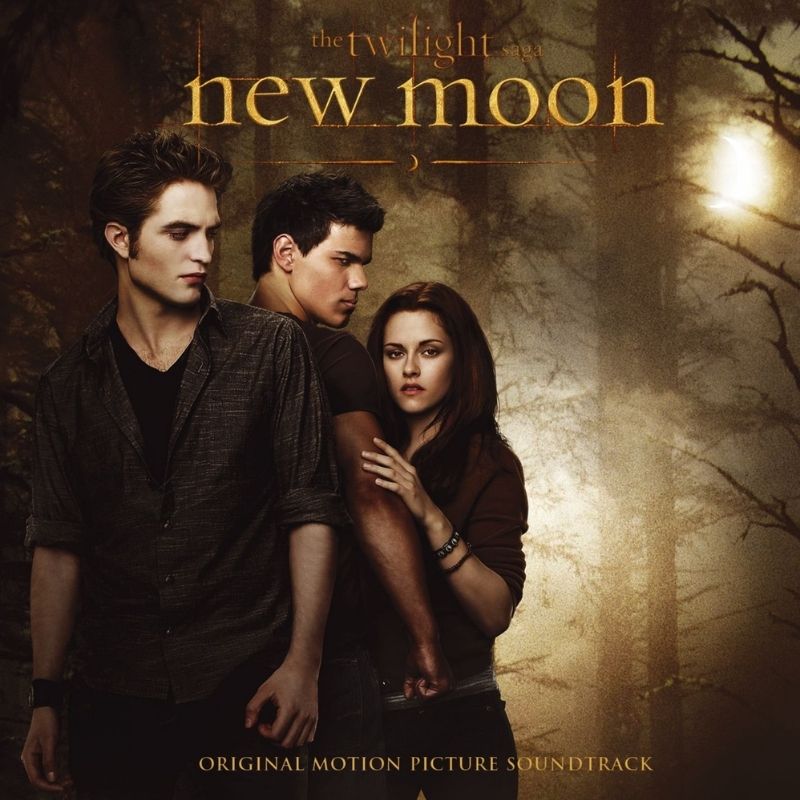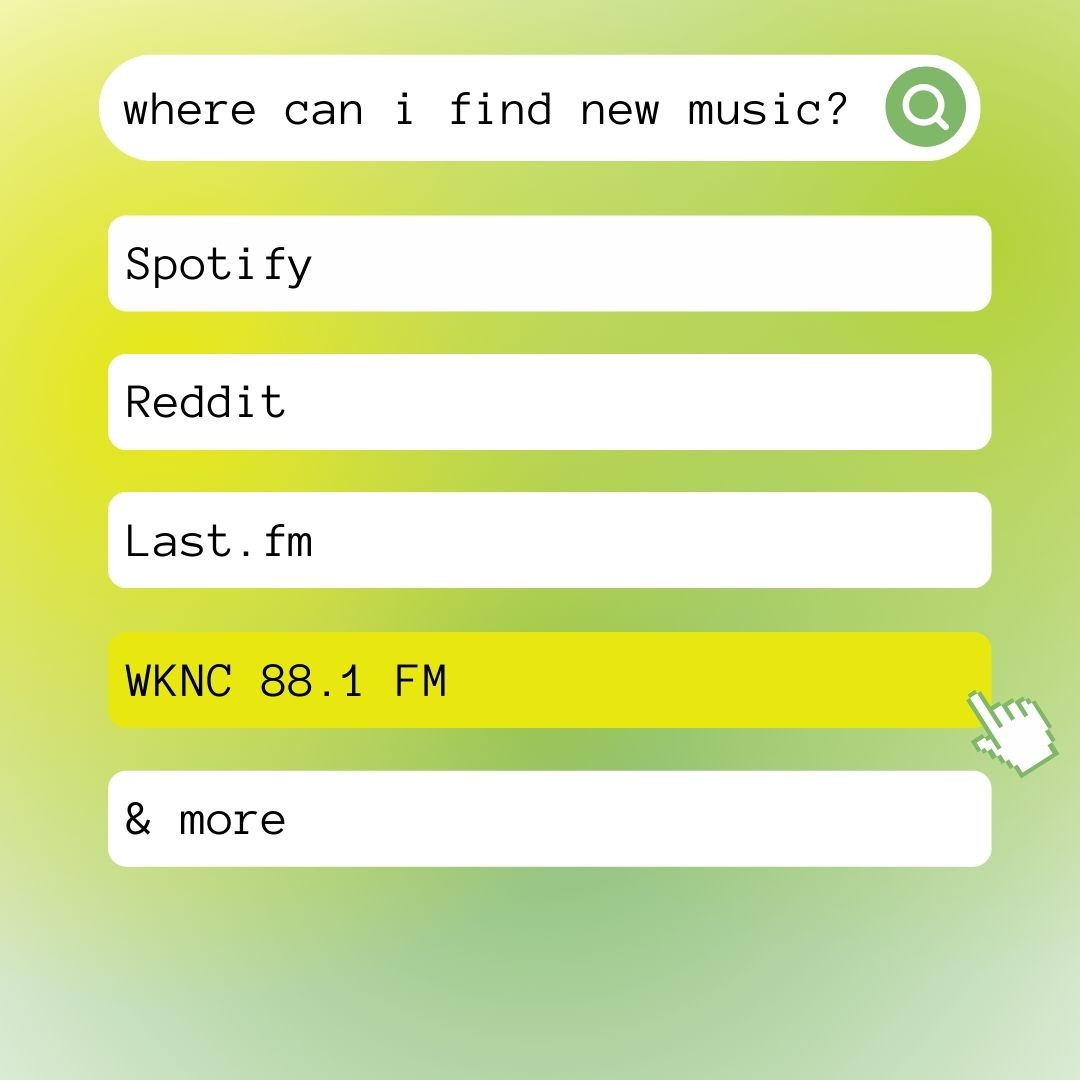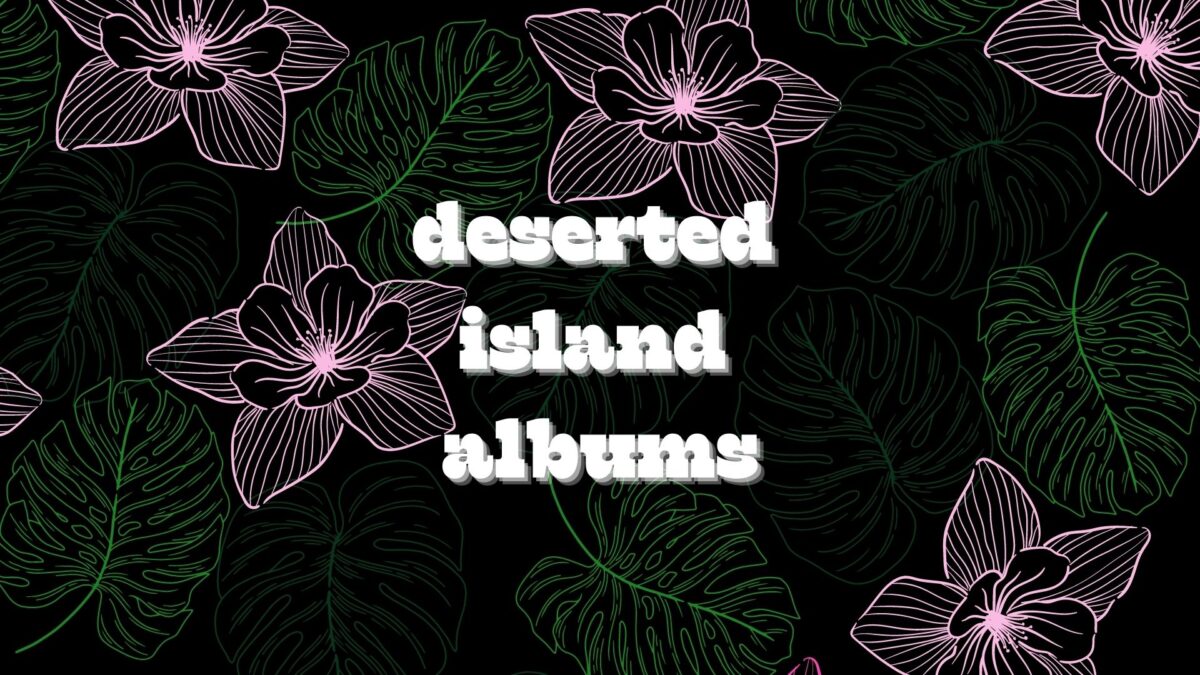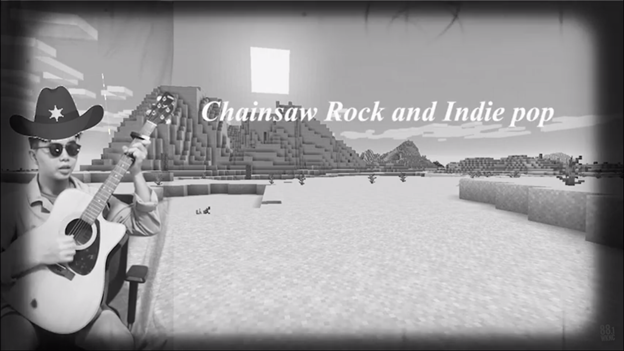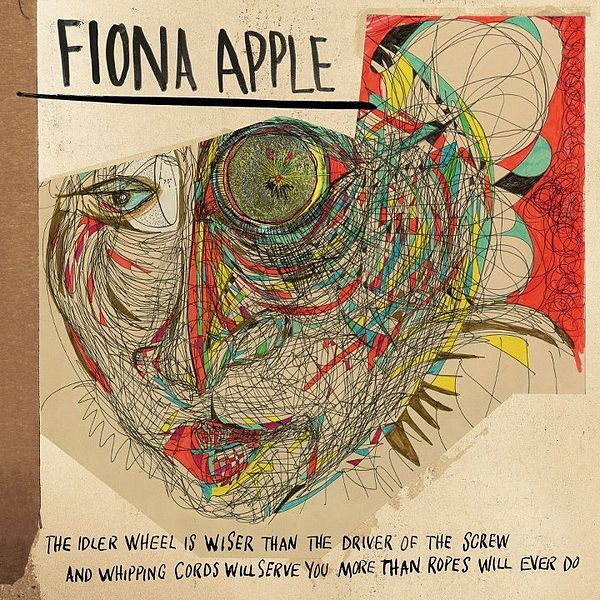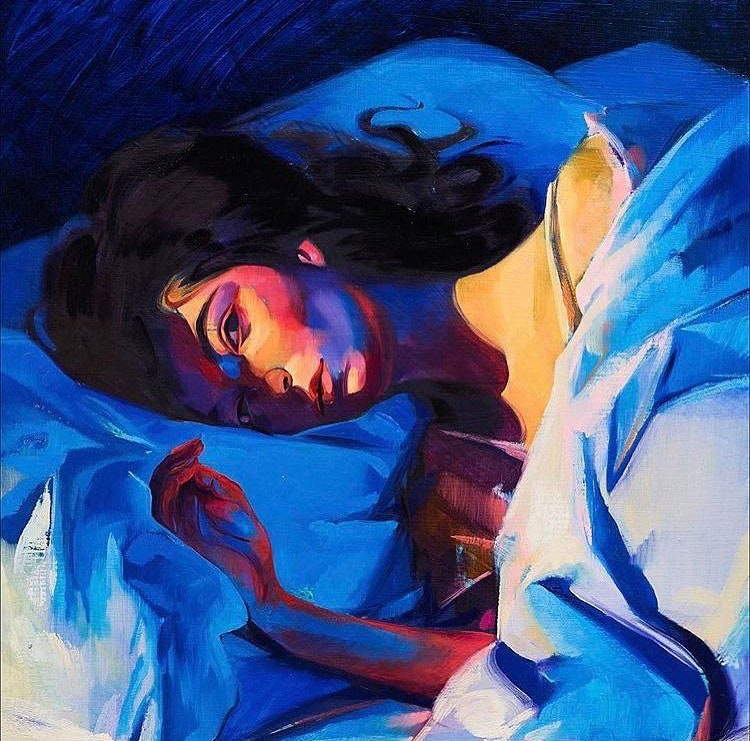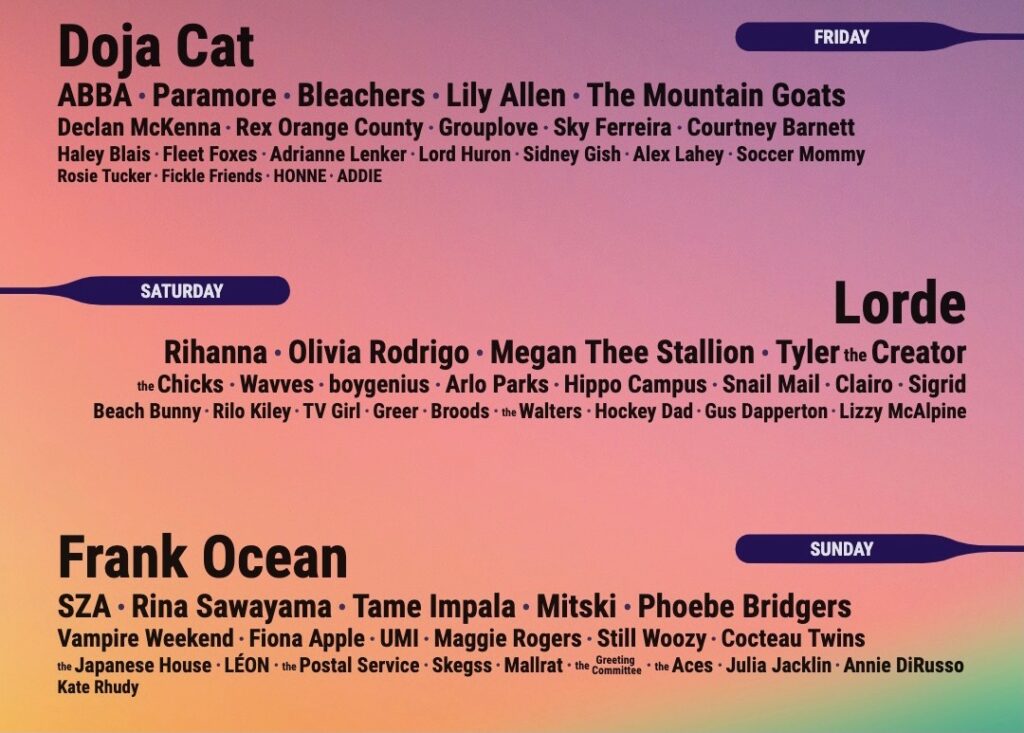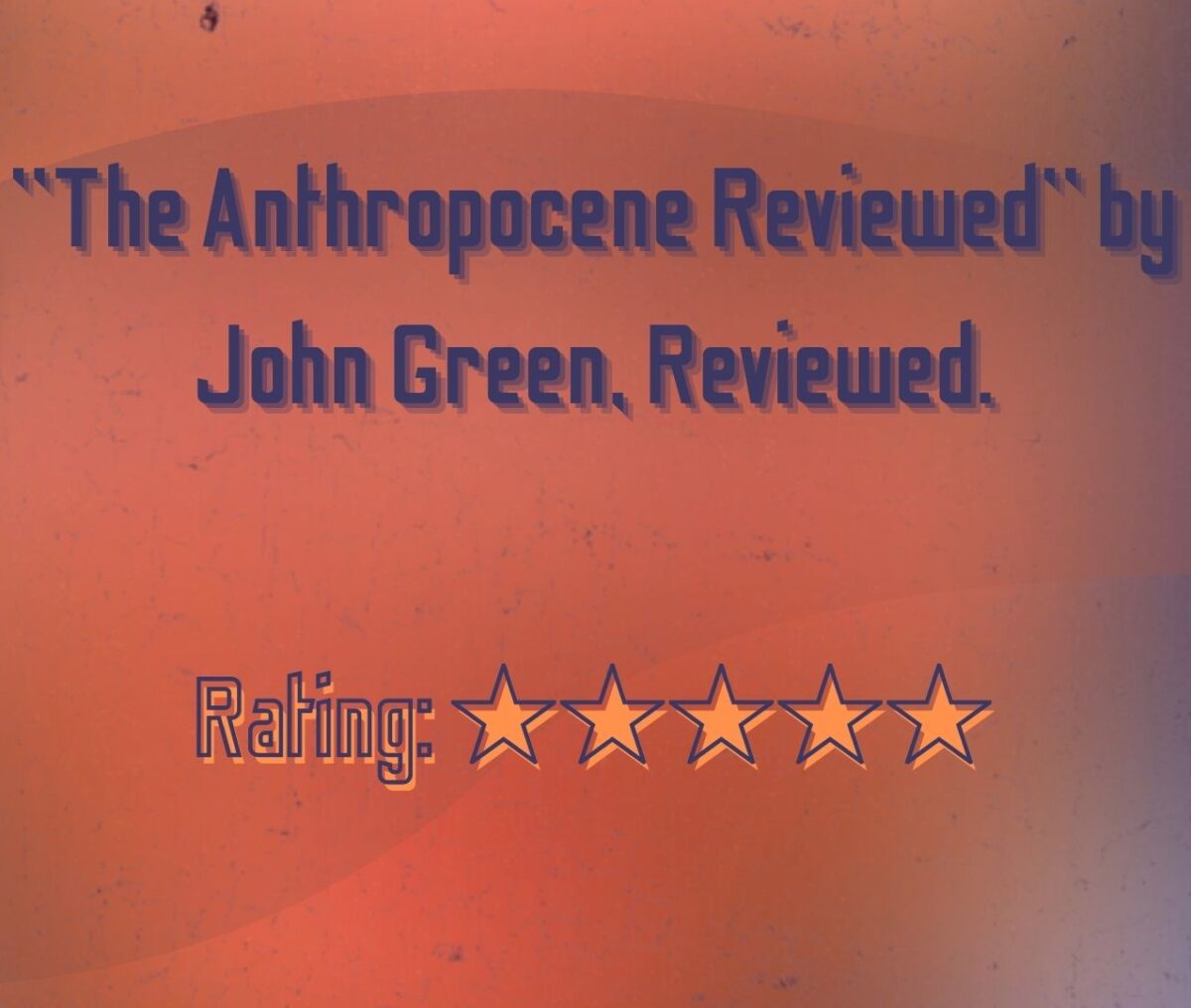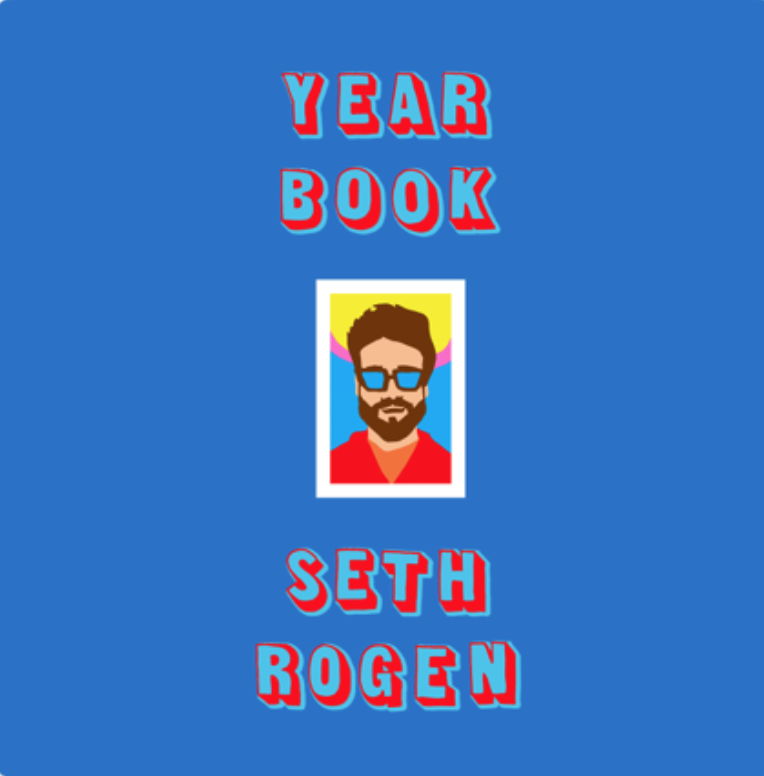The “Twilight” movie series recently got put onto Netflix, and to celebrate, I decided to listen to some of my favorite tracks from the soundtracks. A fan-favorite track from the “Twilight: New Moon” soundtrack is a song called “Rosyln” by Bon Iver and St. Vincent. This song is often referred to (incorrectly) as “Roslyn” (with the letters “y” and “l” flipped around from the soundtrack’s spelling). I’ve always regarded the original spelling as strange, but figured there was some explanation behind it; some “Twilight” or Bon Iver lore that I hadn’t quite grasped.
When I looked into it last week, I quickly found out that there is no clear-cut explanation. Let me relay what I’ve found out to you.
When you search up the title of the song, Google immediately tries to correct you, because as far as I know, there is little else in this world named “Rosyln” and it thinks you’re making a spelling mistake.

Justin Vernon (the man behind Bon Iver), has referred to this song in live performances as “Roslyn, Washington.”
Fans have pointed out that Vernon loves the show “Northern Exposure,” and that it has had a large influence on him (including commissioning a fan for a tattoo related to the show as well as naming his band and a record label after aspects of the show). The show, although set in Alaska, was primarily filmed in Roslyn, Washington. They think that the title is a nod to that.
So why is the track spelled “Rosyln”?
Some fans mistakenly thought that the song was merely misspelled on Spotify, and that the original soundtrack CD was spelled “Roslyn.” That thought, although the most convenient explanation, is incorrect. The original CD’s packaging spells the track as “Rosyln.”
Long story short, we don’t know for sure. My personal guess is that a typo was made at some point in the publishing process of the soundtrack, and once it was noticed it was too late to fix it. There is much debate between fans whether it should be referred to as “Rosyln” or “Roslyn,” and my personal stance is that it was published as “Rosyln” and should be referred to as such.

